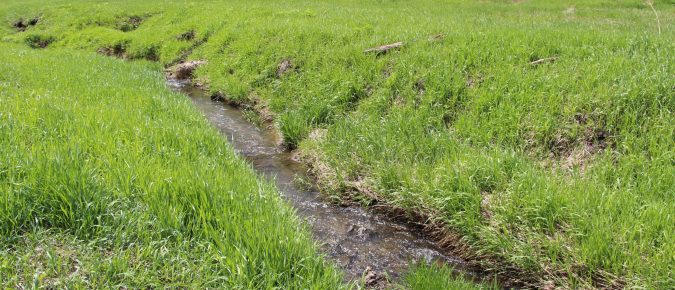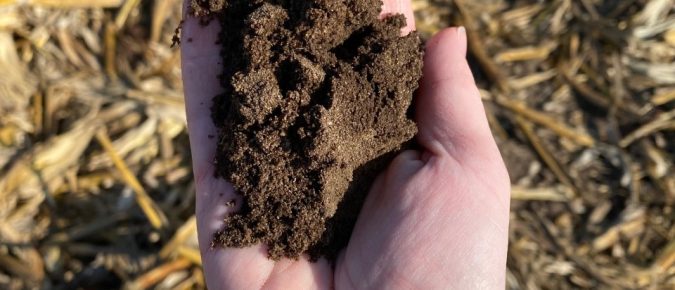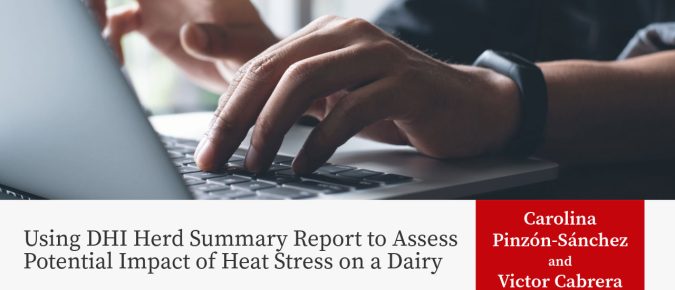Manure can be used in a sustainable manner by returning nutrients to the soil to grow crops that feed animals. However, on many livestock farms, manure poses operational, economic, and environmental constraints. Managing manure every day requires labor and money. Losses of manure constituents from the system result in negative environmental impacts such as degrading water and air quality.
Phosphorus is an important mineral added to animals’ diets and is critical to their development and growth. However, much of the phosphorus is excreted and ends up in manure. For many crops, if manure is applied at the rate needed for nitrogen, too much phosphorus is applied, which may lead to a buildup of excess phosphorus in soils. Phosphorus buildup can lead to increased phosphorus loss and the resulting environmental consequences. If manure is applied to meet crop phosphorus needs, supplemental nitrogen application is required.
In this fact sheet you will see examples of the resulting data you can use to unlock the power of your herd’s Bovisync records.
Farmers enrolled in DHI receive several reports regarding herd performance. The Herd Summary Report (HSR) encompasses three main sections: Milk Production, Reproduction & Genetics, and Inventory. The milk production section has eight blocks—the focus related to heat stress will be on Blocks D, F, and G. The Reproduction & Genetics section has five blocks—the focus for heat stress will be on Block L.








